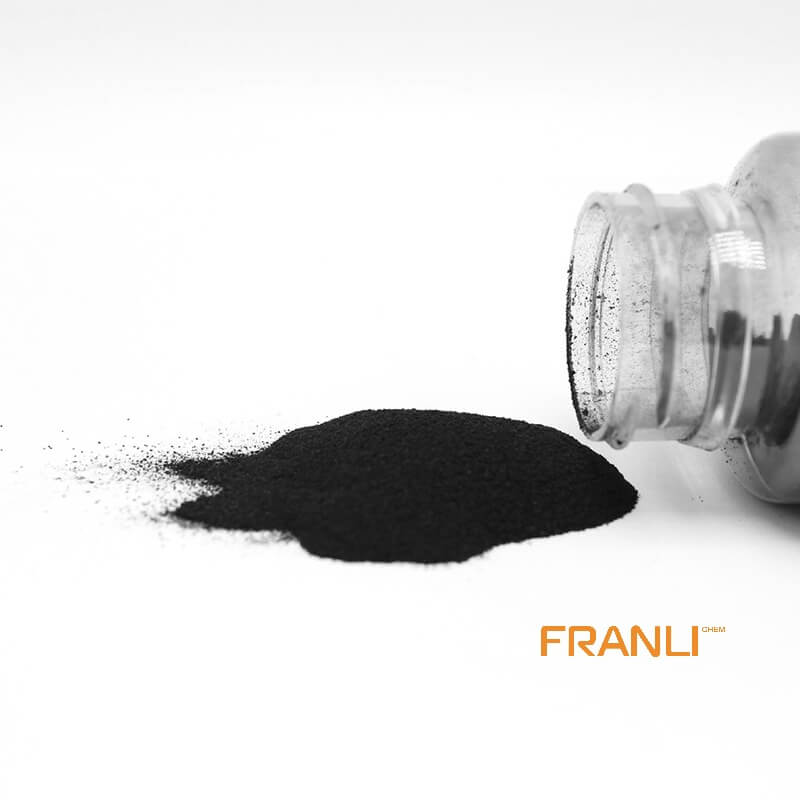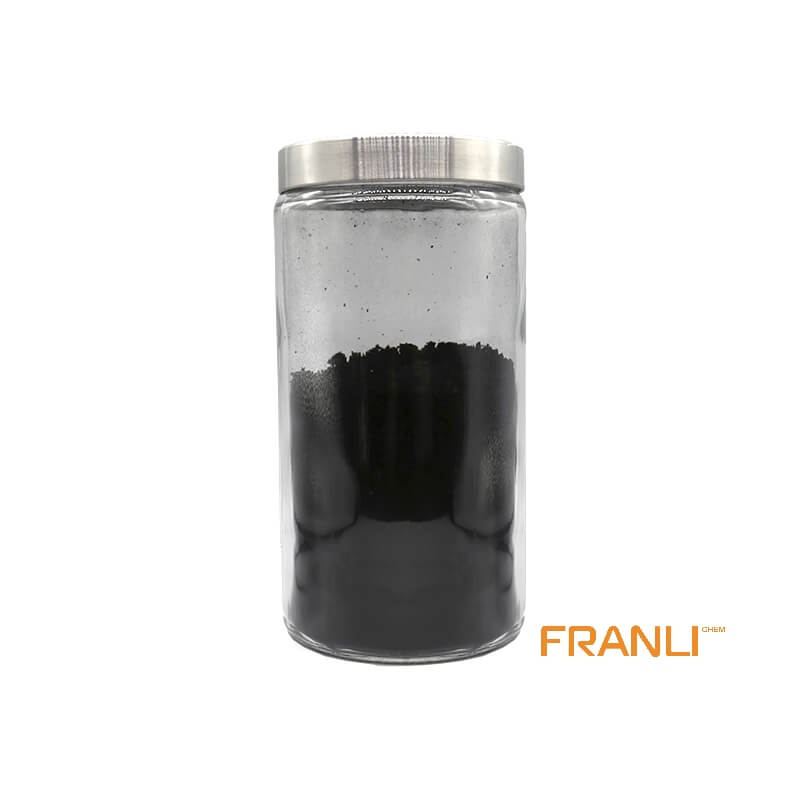

Graphene
Size
1-2nm thick x 0.5-5microns wide
Package
According to customer requirements
Features
High strength, high electrical conductivity, etc.
Application
Can be used as filler(between 0.01% and 5%).
Graphene, as the thinnest, toughest and best conductive nano material found at present. It is a two-dimensional crystal composed of carbon atoms stripped from graphite material with only one layer of atom thickness. Known as “black gold”, it is “the king of new materials”. Scientists even predicted that graphene “will completely change the 21st century”.
Request a quoteGraphene is one of the hardest materials, and has a huge specific surface area and excellent electrical conductivity and many other excellent properties, making it have a very broad application prospect and huge potential market value in the field of environmental protection. By precisely controlling the size of the porous graphene sheet pore size, graphene can filter out the salt in the seawater like a sieve and leave only the water molecules, thus realizing the seawater. Fast and low-cost desalination to provide clean domestic water for people. Of course, there will be different performance in other fields that can be widely used.

Graphene filtration capacity
(1) Sewage treatment: the indiscriminate discharge of modern industrial wastewater, urban garbage, rural pesticide spraying, etc., resulting in an aggravated shortage of already very few fresh water resources and cannot be used by people. Graphene is highly hydrophobic, allowing only water molecules to pass freely, while pollutants larger than it are excluded. As we all know, activated carbon, as a common traditional sewage treatment material, has many loose pores inside and has a strong adsorption capacity. The special layered and porous structure of graphene makes its adsorption capacity hundreds or thousands of times that of activated carbon.
(2) Waste treatment: graphene has excellent properties such as large specific surface area, good adsorption performance and high chemical activity. The adsorption of gas molecules to the surface of graphene by graphene mainly relies on electrostatic adsorption, dispersion interaction, van der Waals forces and charge transfer.
(3) Virus filtration: Graphene non-woven fabric is a high-efficiency and low-resistance fabric, which can be waterproof, fog-proof and hypoallergenic, while ensuring light and breathable, blocking virus invasion and reducing the possibility of transmission.

Potential applications for graphene
(1) Electronics industry: flexible transparent liquid crystal display made of graphene. Because of the optical properties of graphene, the complete transparency of the mobile phone can be achieved, and the thickness of the mobile phone can even be greatly reduced. Graphene transparent conductive film has high light transmittance, high conductivity, bendability and excellent environmental stability, light transmittance up to 90%, touch screen has good touch sensitivity and precision, with multi-touch function, fully meet the requirements of smart phones. It can be used for commonly used capacitive touch screens and has good compatibility with typical yellow and laser etching processes.
(2) Daily: It can be used in batteries, with ultra-light, ultra-high strength, super conductivity characteristics, while increasing the amount of battery storage, can greatly improve the charging speed. And the number of cycles is increased without reducing its service life, that is, the graphene battery life will not decrease even after prolonged use.
(3) Medical field: Biosensor is a new technology that is developing rapidly. The combination of graphene and other nanoparticles has been clinically proven as a sensor for in vitro disease detection. It is an important research and application direction in the future. Still in the process of gradual research, in the future in vitro detection as a sensor function is even expected to be pushed to industrial applications.
Graphene has a huge specific surface area and has broad application prospects in the field of adsorption, of course, other excellent properties will also show capabilities in various fields. The filtering ability of graphene is most obvious in adsorbing impurities from air and water sources. Franli’s company found that not only can it absorb pollutants such as fuel and heavy metals in sewage, but also adsorb toxic gases in the air, and some graphene materials are the same as adsorbing



